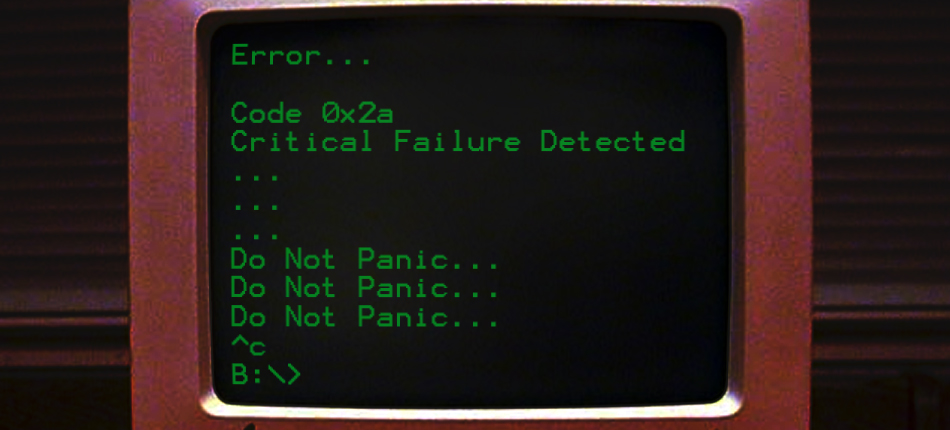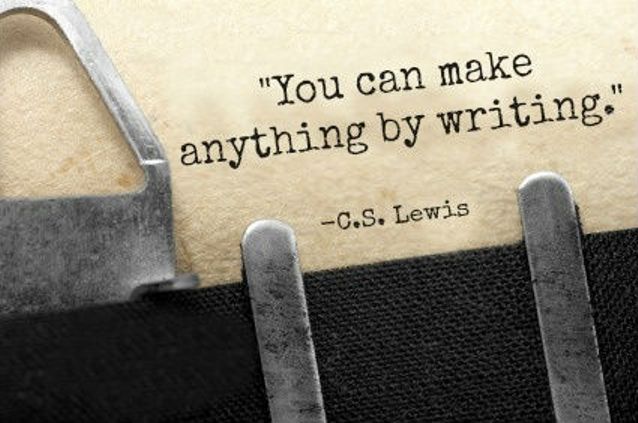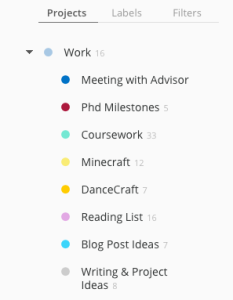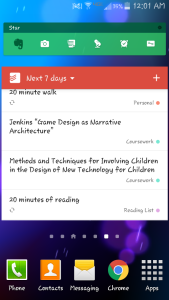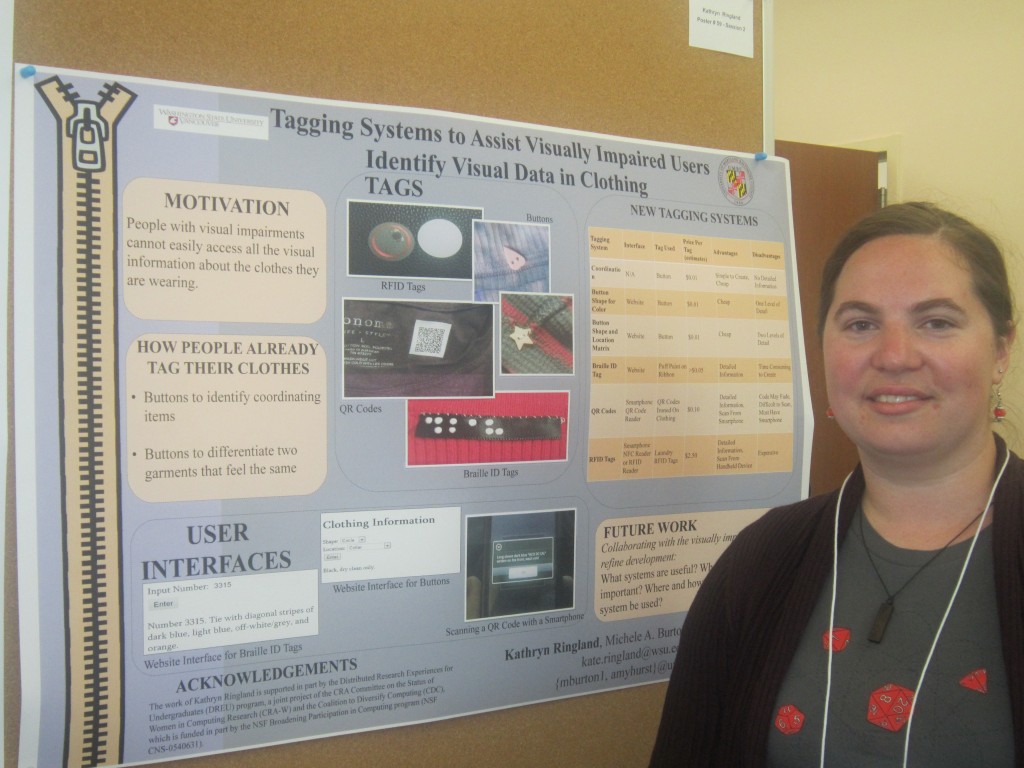This week I will be writing about free writing. This is the fifth part of my series about my workflow as a graduate student (you can find Part 1 here). Last week, in Part 4, I gave an overview of my various steps in my writing process. Now I will break the first step down for you.
Free Writing
This is something I strive to do every (work) day. I carve out 35-45 minutes and sit down and write. My goal is 1500 (any kind of) words. Some days I don’t quite make it to my 1500 goal because I am tired or things get too hectic for my full writing session, but I do the best I can.
I do my free writes in OmmWriter and then transfer the text over to Evernote for safe keeping.

The great thing about this program is it is simple and quiet. I can plug in my headphones and hear ocean waves and the happy click-clack of keystrokes.
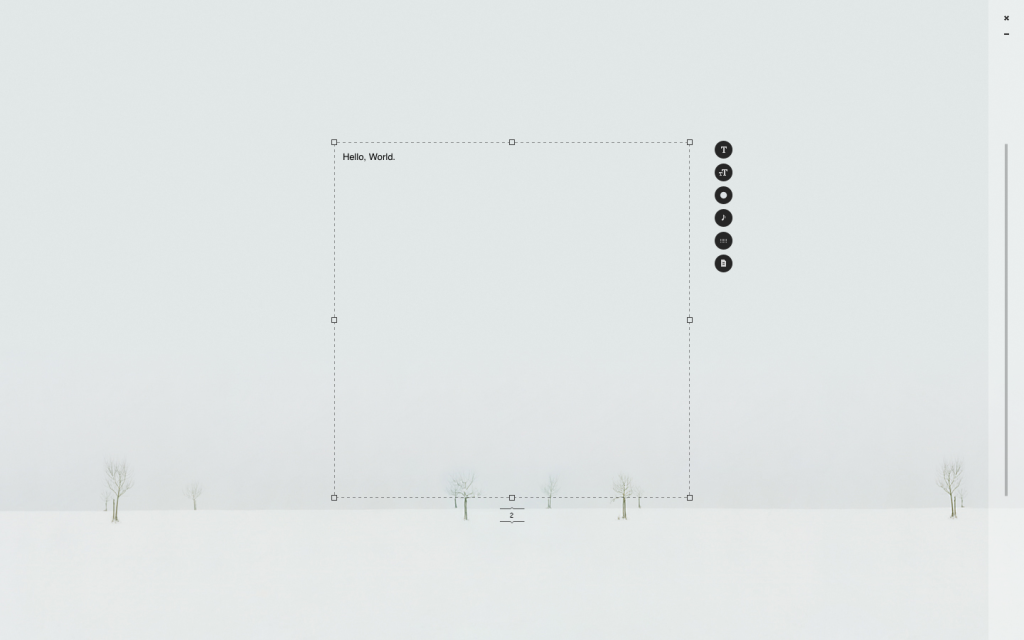
With a quick swipe of the mouse, I can check in on my word count if I’m feeling particularly anxious. For the most part, however, I just write.
When I’m done with my 1500 words, a quick copy and paste from OmmWriter to Evernote (filed under my notebook title “Free Writes”) saves my writing. I do this quick switch for one primary reason – searchability. My goal at the end of the day is to have all my research notes, memos, writing, etc. all in one place that is easily parsed and searchable. That way, when I get to later steps in my writing (“Now where did I put that one idea about a conference paper…..”) I can throw some keywords into my Evernote and find what I need. Work done now, upfront, is work saved later when energy levels may be low, cognitive function may be impaired, and deadlines are getting anxiously near.
I find this free write process to be very freeing (haha). First, it gets rid of one reason for writer’s block – the blank page. My later writings can now have snippets of free write pasted in to get them started – no more blank page! I also find this process really helps jumpstart and solidify my thought process. I am thinking through my writing. As I go through my day, do my readings, maybe work on various projects, my brain is making all sorts of connections I might not be aware of. These free writes are one place where I find myself actually articulating for the first time and iterating on these connections.
Up next, I will talk about memos in Part 6.
